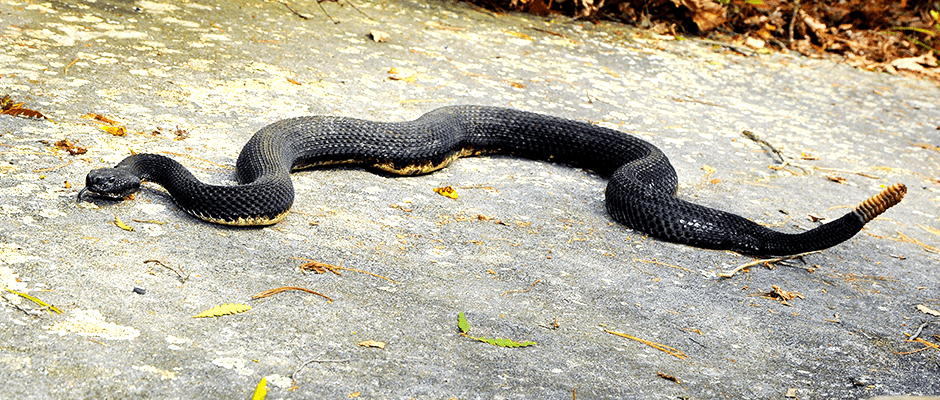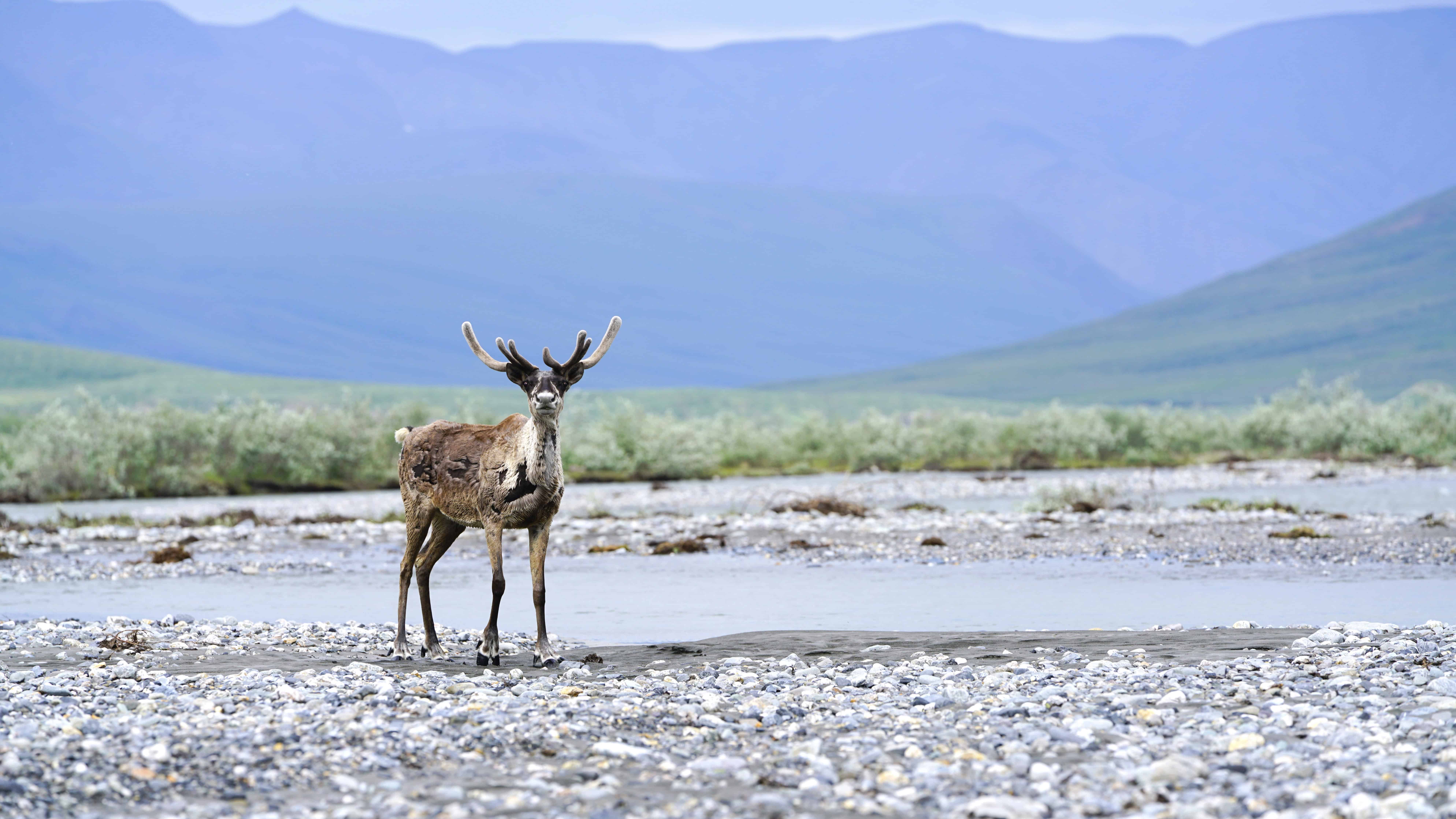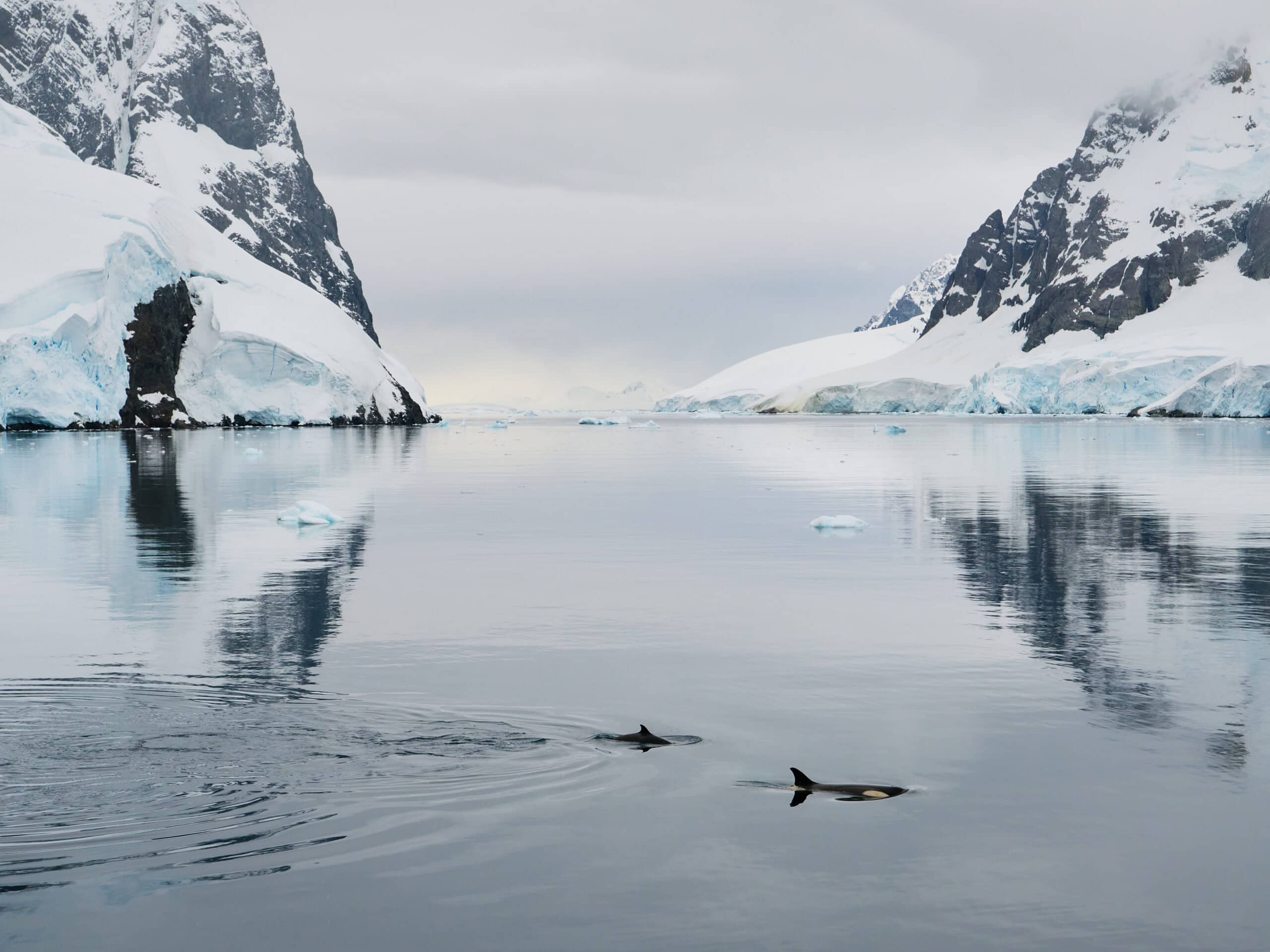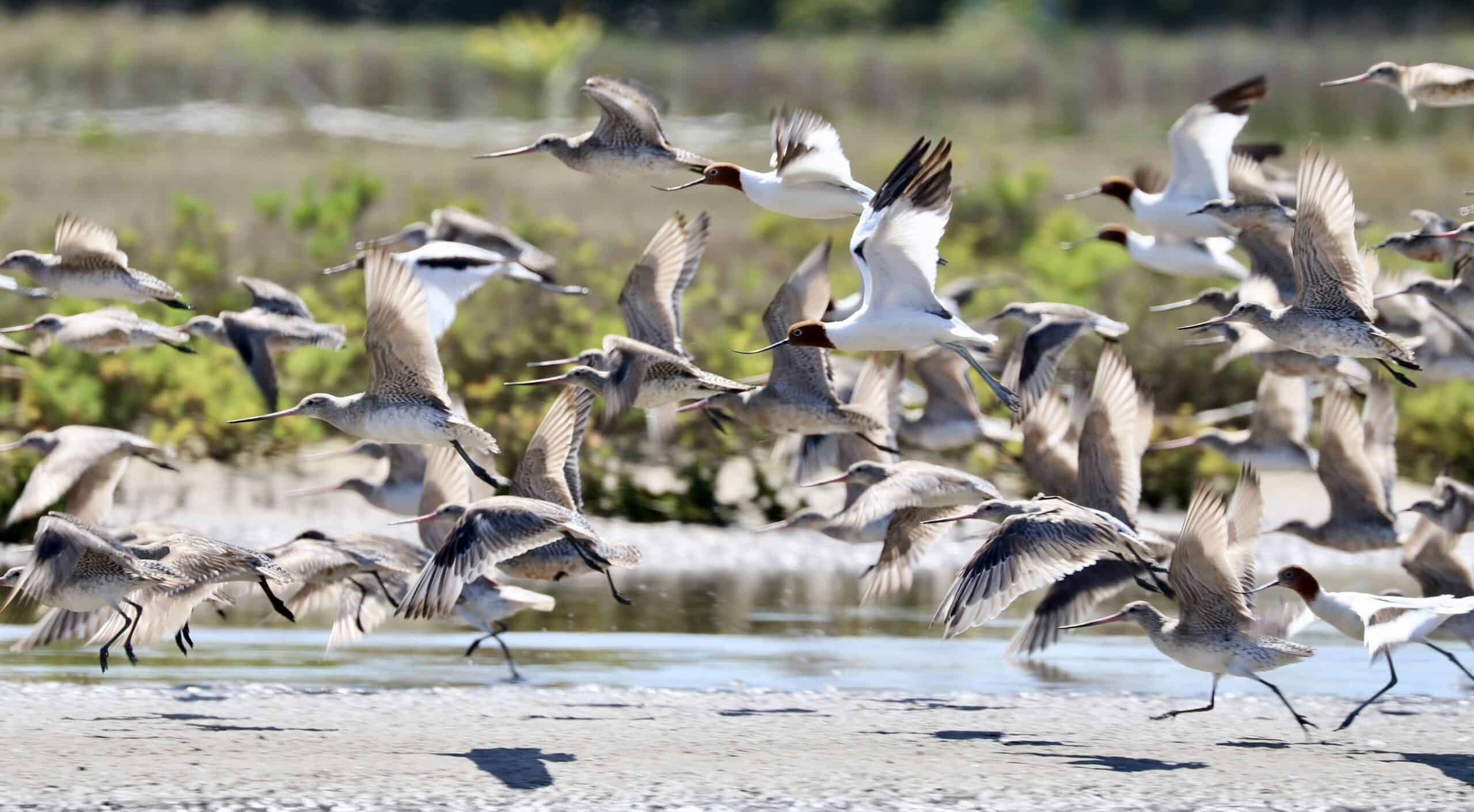Share this article
Welcome to Rattlesnake Island, Massachusetts
Wildlife managers in Massachusetts are moving forward with plans to develop a colony of state-endangered rattlesnakes despite the poisonous politics.
“If this happens successfully, we are confident the snakes will be able to stay on the island,” said Tom French, the assistant director of Massachusetts Division of Fisheries and Wildlife’s (MDFW) Natural Heritage and Endangered Species Program.
Only five populations of timber rattlesnakes (Crotalus horridus) remain in the state. The great majority of the snakes were killed in the early part of the 20th century when bounty programs offered people money for every snake killed in the area.
“Most of our rattlesnake populations got wiped out then,” French said.
But while the snakes are endangered in the state and it’s been illegal to kill them since 1979, persecution of the unpopular reptiles by the public continues.
“Ironically the surviving populations are where we have the most hikers,” French said, adding that they would discover headless snake bodies near trails. On top of this, timber rattlesnakes are one of the species that has been hard hit by the snake fungal skin disease (Ophidiomyces ophiodiicola) — a condition that has been killing snakes across the eastern United States.
In an effort to bolster the population of snakes in the state, which lies near the northern end of the reptiles’ range, MDFW is moving forward with a plan to release snakes on Quabbin Island, the site of an uninhabited water reservoir managed by the Department of Conservation and Recreation’s Division of Water Supply Protection.
“This place is a historic rattlesnake hibernacula landscape,” French said, adding that the caves and fissures on the island are what offer the snakes areas deep enough to serve as winter hibernation areas.
To start this future population off, French said MDFW will captive rear the reptiles for two years before releasing them. Most young timber rattlesnakes don’t survive to adulthood, and this gives them an extra advantage in a bid for survival on Quabbin.
“We believe we’ll be able to release one to 10 per year,” French said, adding that creating a healthy population could take as long as 10 – 20 years.
But the real trick will be to get the snakes to feel at home. Snakes tend to be loyal to the hibernacula in areas where they were born, and French says some herpetologists are worried that this kind of restoration hasn’t been done before.
MDFW has been raising snakes in the lab for a while now and has already placed captive-bred snakes in other areas to bolster existing populations.
“The ones that are out in the wild now are acting like real snakes,” he said.
Every snake MDFW releases will also carry a radio transmitter, so wildlife managers will be able to catch the snakes if they try to swim off the island and return them.
Tagging the reptiles is important as it will help the agency assuage public fears. “What people really don’t like is that we’re actually increasing [the snakes’] numbers when they think we should be decreasing their numbers,” French said.
But he says that rattlesnakes are an important part of the state’s ecosystems: “In a nutshell, we’ve always had rattlesnakes in Massachusetts.” He added that people from other state wildlife agencies have called him up congratulating him on the initiative.
“I don’t think I’ve had a single call from outside Massachusetts that wasn’t positive.”
Tom French, the assistant director of Massachusetts Division of Fish and Wildlife’s Natural Heritage and Endangered Species Program, speaks about the plan to restore timber rattlesnakes to Quabbin Reservoir. Video credit: Massachusetts Division of Fish and Wildlife
Header Image: ©Massachusetts Division of Fisheries and Wildlife







